

Why Do You Need This New Edition?
If youre wondering why you should buy this new edition of Exploring Biological Anthropology, here are 10 good reasons!
In this new edition we have moved to the molecular classification system and call humans and our exclusive ancestors hominins , because this is the way that most of the recent literature is constructed.
New illustration program that includes more than 50 new anatomically correct bone drawings.
New Insights and Advances boxes: , If You Have DNA, Why Bother with Bones, explains the difficulty of using DNA in forensic science.
New or revised Innovations boxes: , Symbolism and Human Evolution examines when in human evolution symbolism started to be important for survival.
New Visual Summaries of each chapter.
has updated information on the human genome and the application of DNA sequence information in a wide range of areas, such as obesity and the treatment of genetic disease.
includes information on Darwinius masillae , a new, nearly complete primate from Messel, Germany (nicknamed Ida); contains new coverage of cosmogenic radionuclide dating techniques such as 26Al/ 10Be; and the earth in the Cenozoic section includes updates to the coverage of stable carbon isotope ratios.
discusses the implications of more recently published finds of Ardipithecus and the much younger Burtele foot; covers the recent finds of Australopithecus sediba .
has new coverage of the recently discovered Gona Pelvis and information on the partial mandible from Sima de Elefante ; updates on the age of the last surviving H. erectus ; and inclusion of a discussion of the Flores hominin.
includes new research on the evolution of hominin brain size and shape.

Exploring Biological Anthropology
The Essentials
THIRD EDITION
Craig Stanford
University of Southern California
John S. Allen
University of Southern California
Susan C. Antn
New York University

Boston Columbus Indianapolis New York San Francisco Upper Saddle River Amsterdam Cape Town Dubai London Madrid Milan Munich Paris Montreal Toronto Delhi Mexico City So Paulo Sydney Hong Kong Seoul Singapore Taipei Tokyo

At Pearson Education were committed to producing books in an earth-friendly manner and to helping our customers make greener choices.
Manufacturing books in the United States ensures compliance with strict environmental laws and eliminates the need for international freight shipping, a major contributor to global air pollution.
And printing on recycled paper helps minimize our consumption of trees, water and fossil fuels. The text of Exploring Biological Anthropology, Third Edition, was printed on paper made with 10% post-consumer waste, and the cover was printed on paper made with 10% post-consumer waste. According to Environmental Defenses Paper Calculator, by using this innovative paper instead of conventional papers, we achieved the following environmental benefits:
Trees Saved: 26 Air Emissions Eliminated: 2,607 pounds
Water Saved: 11,755 gallons Solid Waste Eliminated: 745 pounds
For more information on our environmental practices, please visit us online at www.pearsonhighered.com/difference
Editorial Director: Craig Campanella
Publisher: Nancy Roberts
Associate Editor: Nicole Conforti
Development Editor: Ohlinger Publishing Services
Editorial Assistant: Molly White
Marketing Director: Brandy Dawson
Marketing Manager: Kate Mitchell
Marketing Assistant: Paige Patunas
Digital Media Editor: Tom Scalzo
Lead Media Project Manager: Barbara Taylor-Laino
Project Manager: Anne Ricigliano
Full-Service Project Management and Composition: PreMediaGlobal
Design Manager: John Christiana
Art Director: Anne Bonanno Nieglos
Anatomical Illustrations: Joanna Wallington
Interior and Cover Designer: Riezebos Holzbaur/Tim Heraldo
Cover Images: Young orangutan close-up portrait: Christian Aslund/Photographers Choice/Getty Images; DNA strands: Booka/Shutterstock; Neandertal skull illustration by Joanna Wallington
Text Permissions Specialist: Craig A. Jones
Text Permissions Project Manager: Liz Kincaid, PreMediaGlobal
Manager, Visual Research: Beth Brenzel
Image Permissions Project Manager: Jennifer Nonenmacher, PreMediaGlobal
Senior Operations Specialist: Alan Fischer
Printer/Binder: Courier-Kendallville
Cover Printer: Courier-Kendallville
Text Font: New Baskerville 10/11.5
 DK Maps designed and productioned by DK Education, a division of Dorling Kindersley Limited, 80 Strand, London WC2R ORL. DK and the DK logo are registered trademarks of Dorling Kindersley Limited.
DK Maps designed and productioned by DK Education, a division of Dorling Kindersley Limited, 80 Strand, London WC2R ORL. DK and the DK logo are registered trademarks of Dorling Kindersley Limited.
Credits and acknowledgments borrowed from other sources and reproduced, with permission, in this textbook appear on the appropriate page within text and on pages .
Copyright 2013, 2010, 2008 by Pearson Education, Inc. All rights reserved. Manufactured in the United States of America. This publication is protected by Copyright, and permission should be obtained from the publisher prior to any prohibited reproduction, storage in a retrieval system, or transmission in any form or by any means, electronic, mechanical, photocopying, recording, or likewise. To obtain permission(s) to use material from this work, please submit a written request to Pearson Education, Inc., Permissions Department, One Lake Street, Upper Saddle River, New Jersey 07458, or you may fax your request to 201-236-3290.
Library of Congress Cataloging-in-Publication Data is available on request from the Library of Congress.
Student Edition:
ISBN 13: 978-0-205-90733-5
ISBN 10: 0-205-90733-4 |
| 10 9 8 7 6 5 4 3 2 1 | Instructors Review Copy:
ISBN 13: 978-0-205-90763-2
ISBN 10: 0-205-90763-6 |
 www.pearsonhighered.com www.pearsonhighered.com | la Carte:
ISBN 13: 978-0-205-90772-4
ISBN 10: 0-205-90772-5 |
To Our Parents
Brief Contents
Contents
PART I Foundations
PART II Mechanisms of Evolution
PART III Primates
PART IV The Fossil Record
PART V Biology and Behavior of Modern Humans
Preface
After teaching biological anthropology for twenty years, we felt there was a great need for a new textbook that presents the core information, concepts, and theories of biological anthropology in a modern light. Biological anthropology was once called physical anthropology, because decades ago the field was mainly about human anatomy, human fossils, and the study of racial variation. Over the past twenty-five years, the field has evolved into biological anthropology, the evolutionary biology of humankind based on information from the fossil record and the human skeleton, the genetics of both individuals and populations, our primate relatives, human adaptation, and human behavior, among other topics. This, the third edition of Exploring Biological Anthropology, combines up-to-date coverage of the core material with a modern biological approach that includes fields that have become major areas of research by biological anthropologists over the past decade. This core-concepts version of the book is written especially for students needing to obtain a strong grounding in biological anthropology without some of the detail into which our original text delved. We three coauthors conduct our research in the main areas of biological anthropology: the human fossil record (Susan Antn), primate behavior and ecology (Craig Stanford), and human biology and the brain (John Allen). This has allowed us to provide a specialist approach to each of the broad divisions of the field covered by the text. We are biological anthropologists with extensive backgrounds in both biological and social sciences and are both teachers and researchers.
Next page
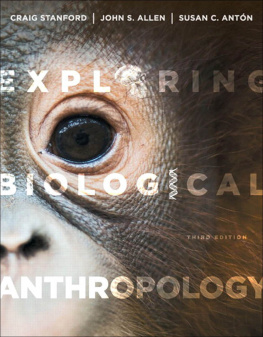
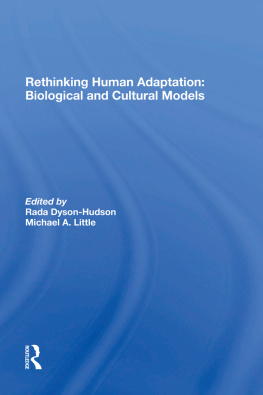
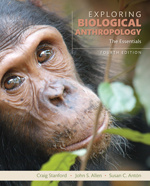



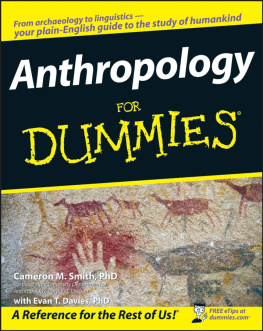
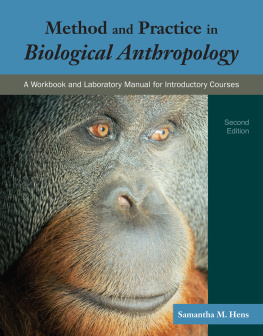
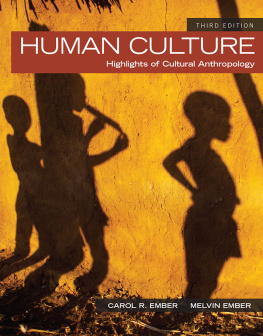
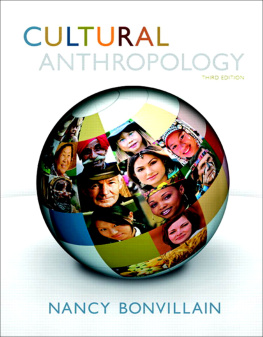

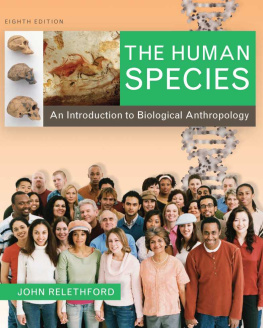






 DK Maps designed and productioned by DK Education, a division of Dorling Kindersley Limited, 80 Strand, London WC2R ORL. DK and the DK logo are registered trademarks of Dorling Kindersley Limited.
DK Maps designed and productioned by DK Education, a division of Dorling Kindersley Limited, 80 Strand, London WC2R ORL. DK and the DK logo are registered trademarks of Dorling Kindersley Limited. www.pearsonhighered.com
www.pearsonhighered.com